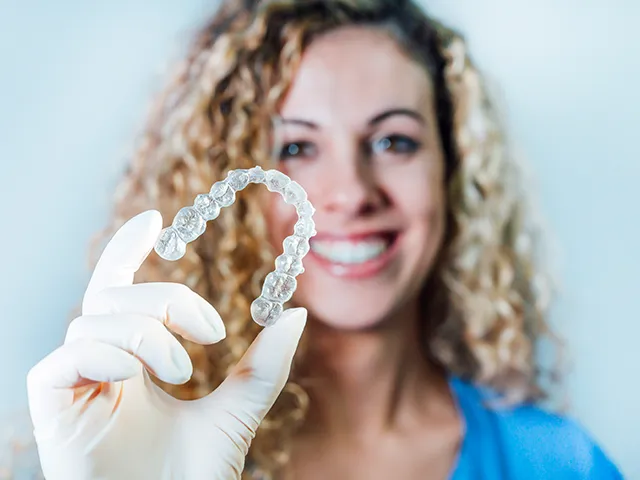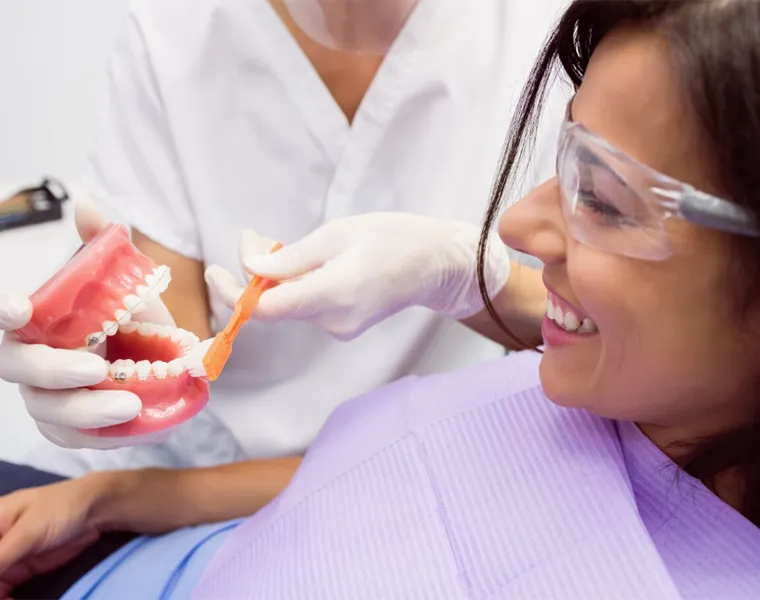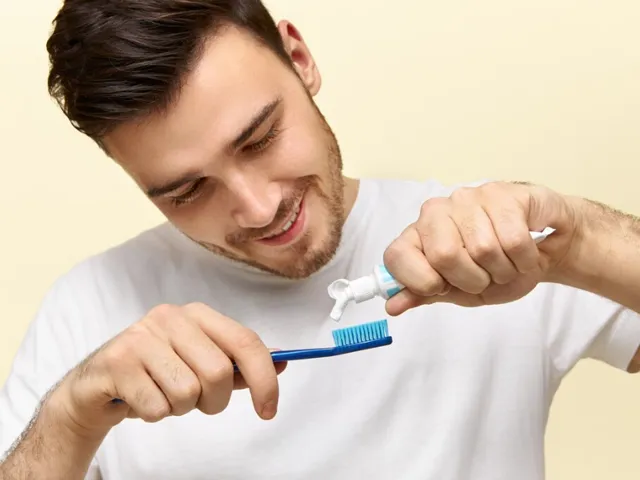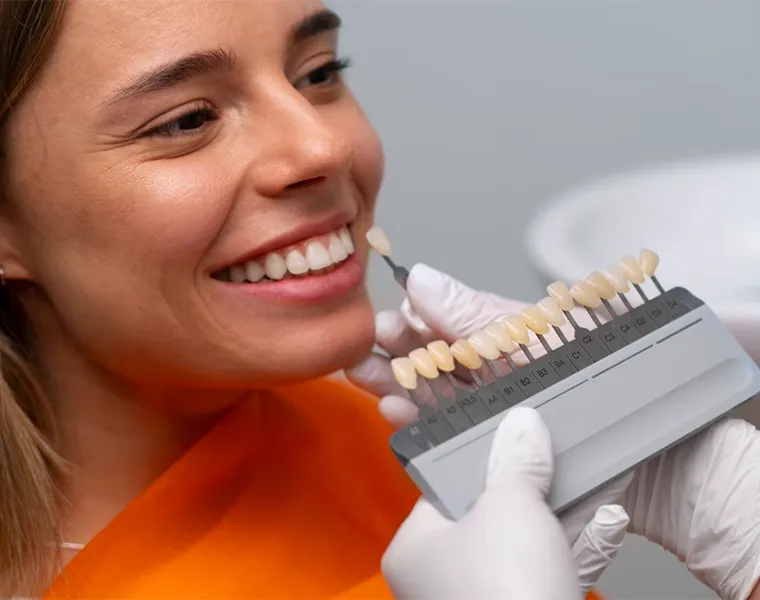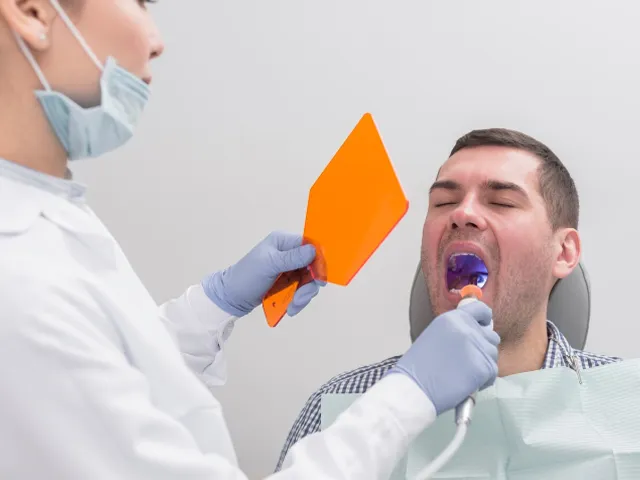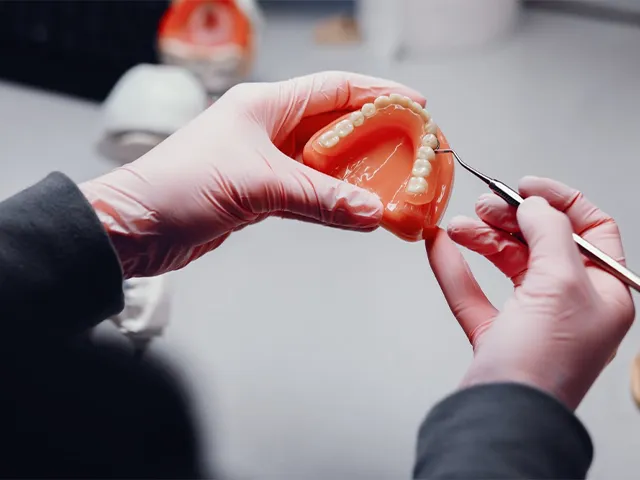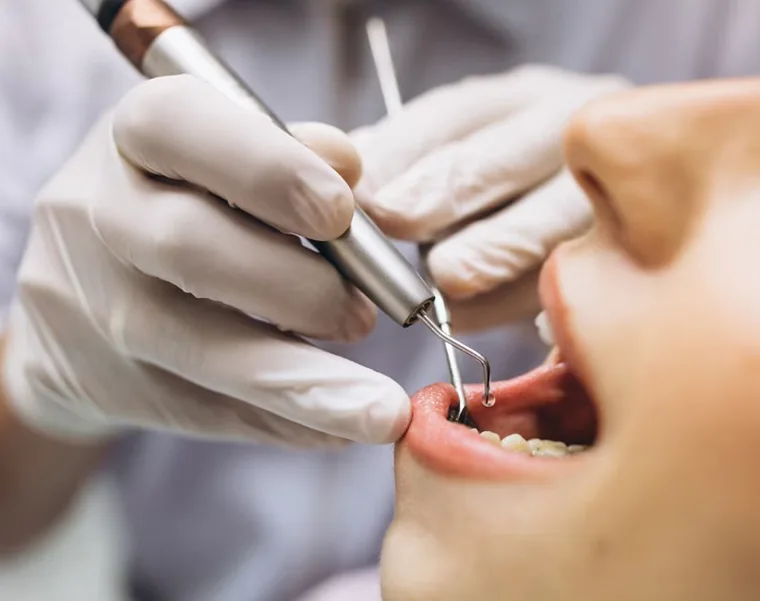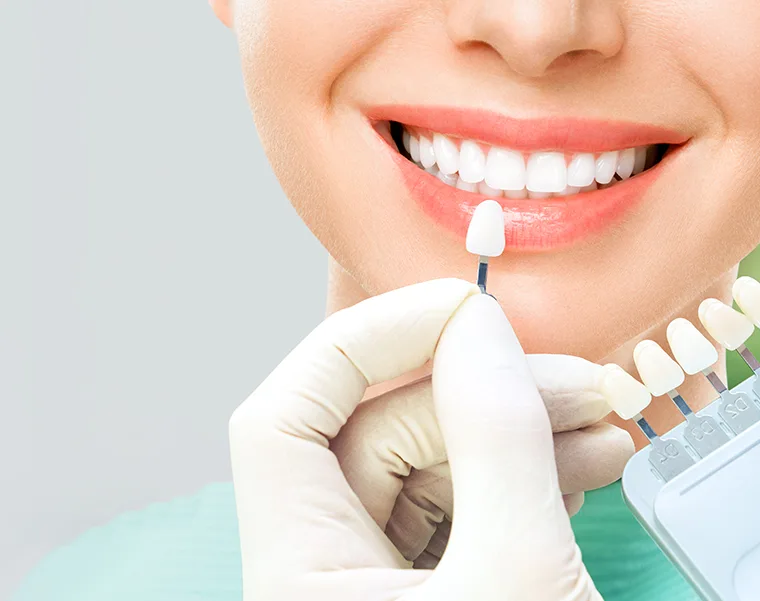Molar teeth are plays an important role in crushing and grinding food. These teeth are used frequently in daily life. Therefore, they may encounter problems such as wear, decay and breakage over time. To maintain the health of the molars, it is necessary to pay attention to oral and dental care.
Molar teeth are the last teeth to erupt and the largest teeth. Problems with these teeth can cause severe pain and chewing difficulties. In addition to decay, other common problems with molars include gum disease and tooth enamel erosion. When molars are decayed or damaged, treatment methods such as fillings, root canal treatment or crowns are applied. Early diagnosis and regular dental check-ups play a major role in preventing and treating molar problems.
Molar Tooth Extraction
Molar extraction may be an inevitable treatment method in cases where the function and health of the tooth is impaired. From an anatomical point of view, molars are characterized by their large and strong structure. For this reason, tooth extraction can often be more difficult than other teeth. The pain after molar extraction may vary depending on the person’s pain threshold. However, there is usually pain and tenderness that lasts for a few days.
After molar extraction, prosthetic procedures are performed to complete the missing tooth. Which of the procedures such as implant or bridge is more appropriate is decided with the doctor and the patient. These applications are aesthetically and functionally important for people who have lost teeth. However, such a procedure is usually not required after wisdom tooth extraction, which also comes out as a molar.
The molar extraction procedure is performed especially in cases where there is a problematic tooth. During and after the extraction of these teeth, pain management and care are important. Following the dentist’s instructions after extraction will speed up the healing process and prevent possible complications. Painkillers recommended by the dentist after molar extraction can help manage pain.


After a Molar Extraction
After a molar extraction, patients can often experience pain and discomfort. Post-extraction care is very important to speed up the healing process. After a molar extraction, oral hygiene should be maintained to prevent infection of the area. Your dentist will give you the necessary instructions to keep the area clean after extraction and to prevent possible complications.
Complications such as tooth fracture can also occur during molar extraction. In this case, the dentist may perform additional procedures to remove the remaining fragments. Once the area of the extracted tooth has healed, it can be replaced with an implant or bridge prosthesis.
Keeping the extraction site clean reduces the risk of infection.
It is recommended to eat soft and warm food for the first few days.
Avoid heavy activities and exercise for the first 24-48 hours.
Cold compresses can be applied for the first 24 hours to reduce swelling.
Smoking and alcohol should be avoided for a while as they can negatively affect the healing process.
When do Molars Erupt?
When do molars erupt? This question is an important issue that many parents wonder. The first molarsin babies usually erupt at 12-18 months of age. These teeth are small molars, usually located in the front and back of the lower jaw. When babies are about 2 years old, the second molars begin to erupt.
Around the age of 6, children get their first permanent molars. These teeth grow behind the baby teeth and play an important role in the placement of the permanent teeth. The first permanent molars are often called “first molars”. Then, between the ages of 11 and 13, the second permanent molars begin to erupt. These teeth support the chewing function and ensure the healthy development of the oral structure.
In addition, children and adults have teeth called premolars. Premolars are located between the molars and canines and usually erupt between the ages of 10 and 12. Premolars support the chewing function and help the teeth to align properly.
The timing of the molars teething and premolars may vary slightly for each individual, but they generally appear within these time frames. Regular dental check-ups are important during the eruption of these teeth.

Molar Teething Symptoms
Symptoms of molar teething usually occur at different ages from infancy onwards, and the symptoms experienced by each child may vary. The molars, also known asmolars, are the largest and most posterior teeth in the mouth. The eruption of molarsin children is characterized by swelling, tenderness and sometimes pain in the gums. These symptoms can also appear as red or white spots on the gums.
The order of teething starts with milk teeth. The first milk molars begin to erupt when babies are around 12-18 months old. Then, around the age of six, the first permanent molars erupt. Between the ages of 10 and 12, premolars erupt. The wisdom teeth erupt between the ages of 17 and 25 and sometimes need to be extracted.
Symptoms of molar eruption in children include:
Cold teethers or painkillers recommended by the doctor can be used to relieve children during the eruption of molars.
Libredent Dental Clinic offers many applications related to oral and dental health. You can contact us for detailed information and appointments for Ankara tooth extraction and other procedures.

